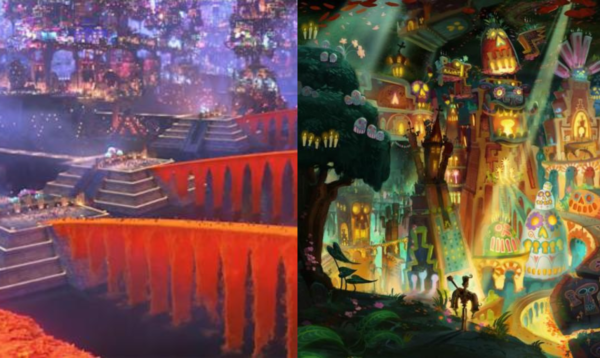Dia de los Muertos, or the Day of the Dead, is a holiday that celebrates life and death. In Mexico, the country best known for its Dia de los Muertos celebrations, the holiday is celebrated on November 1 and 2. The origins of these magnificent days started back in Spain and Mexico, and can be found all over the world now. The Day of the Dead is most well known for its bright colors, sugar calaveras (skulls), dressed-up calacas (skeletons), and celebration of lost loved ones.
Customs of the Day of the Dead
Hispanic culture can really be seen through this memorial holiday. While it is celebrated throughout Latin America, every country has a different way of celebrating it. Mexican customs have a combination of Aztec ritual with some Catholicism that was brought by the Spanish explorers.
To help remember the dead, food, drinks and activities that the deceased enjoyed whilst alive are presented to the grave, or displayed with a picture of the deceased person. The gravestones are cleaned and decorated on Dia de los Muertos, to show honor, respect, love, gratitude and that they (the dead) are missed.
Ofrendas, or small personal altars, can be seen to show honor to the dead. The skulls and skeletons can be found in bright colors on dolls, candy and even masks. The skeletons can be found wearing fancy clothing, for entertainment reasons.
On Dia de los Muertos, it is believed that the dead will awaken from their eternal sleep. The dead will then celebrate and walk among the living, in ghost or spirit form, for the night.
Orange petals from marigold flowers are placed on top of the grave, along with candles to light the dead’s path. It is believed that the bright color from a marigold attracts the souls of the dead. This led to families using the orange petals to lead the dead back home from the graveyard.
Movies such as Coco and The Book of Life are children’s movies, but they give the audience a feel for what Día de los Muertos means to those celebrating it.
Day of the Dead in Coco
In Coco, the story follows a boy who wants to be a singer. On the Day of the Dead he goes to play a famous musician’s guitar and finds himself suddenly dead. Throughout the movie he sees some of his dead relatives and tries to find his grandfather. The movie has vibrant colors and wonderful hispanic music. A bridge of marigold flowers is shown to represent the pathway back to the living. Spirit animals from the land of the dead can walk between worlds and guide the living. Coco shows the amazing culture of the Day of the Dead and what is believed the land of the dead to be like on this special day.
Different Aspects in The Book of Life
The Book of Life shares a similar story. But in this movie La Muerte, the queen of the land of the remembered, teaches a group of troubled school kids about the Day of the Dead’s significance for a small town in the center of Mexico. In this movie, viewers are able to meet more figures of Dia de los Muertos, see more of what the land of the dead looks like and learn how the holiday is celebrated.
The memorial holiday is one loved in Latin America. The importance of this day is one that should be known to all. This day can help bring peace to weeping souls. Dia de los Muertos is a special holiday that closes up the spooky season, but not with fear, with love.
– by Ari Hurdsman (17) Junction
Feature image caption: The Land of the Remembered, as represented in Coco (left) and The Book of Life (right).

Ari Hurdsman – Junction
Ari Hurdsman is a junior journalist at the Byway. She just recently moved to Ephraim, Utah, where she is a freshman at Snow College. She enjoys writing about Piute sports, and she’s really good at it! In her free time, she enjoys singing, dancing, reading and hanging out with friends and family.

